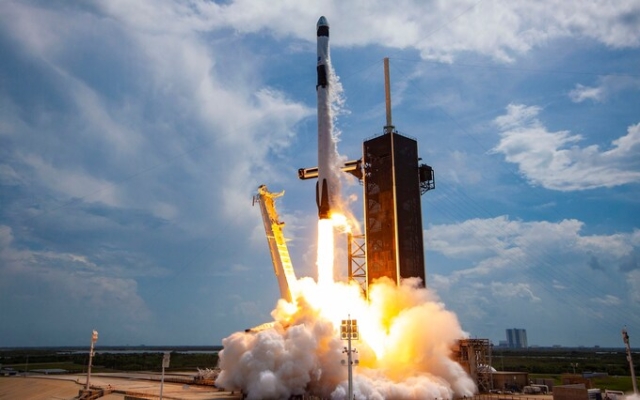 Musk has become a dominant player in rocket launches thanks to SpaceX's economical, reusable Falcon 9. Credit: Getty Images
Musk has become a dominant player in rocket launches thanks to SpaceX's economical, reusable Falcon 9. Credit: Getty Images
A 200-foot-tall rocket sits on the coast of French Guiana in the tropical heat.
Ariane 6, which was designed to fulfill the European Union's space ambitions, is being tested at the bloc's official spaceport. at the Guiana Space Center.
Thousands of miles from Brussels, French Guiana is a French overseas territory and offers Europe access to orbit.
However, the project is three years behind schedule and results are not expected until next year.
The delays come at a critical juncture in the new global space race: Russia is now cut off from Western space operations and China is on rise.
Europe is left without rocket-launching functionality for the first time in decades, as space becomes increasingly contentious.
As a result, Brussels was forced to negotiate with Elon Musk's SpaceX about using the billionaire's rockets to launch his sensitive Galileo spacecraft, which is a satellite. being part of the sovereign navigation system.
“We have been in talks with them about a number of launches,” says Tony Tolker-Nielsen, director of space transportation for the European Space Agency (ESA).
The agency expects contract with SpaceX for four missions. . Nevertheless, relying on the billionaire Tesla will be inconvenient.
As the New York Times recently reported, concerns about the dominance of Starlink, SpaceX's constellation of Internet satellites, contributed to the EU's decision to invest in its own rival network. Thierry Breton, European Commissioner, told the newspaper: «The EU cannot afford to rely on others.» The Ariane 6 was designed to replace the aging ESA Ariane 5 rocket, which has been in service since 1996. Photo: JODY AMIET/AFP
In French Guiana, the Ariane 6 rocket currently at the spaceport will never fly. The current vessel is only used for launch verification and testing of its engines.
The Ariane 6 missile was designed to replace the aging ESA Ariane 5 missile, which has been in service since 1996. The European workhorse has been one of the most reliable launchers on the market with a 96% success rate.
Development to launch Ariane 6 began in earnest in 2014, with an initial date set for its first launch in 2020.
p>
But the €4.4bn (£3.8bn) project has 'shifted', admits Tolker. Nielsen.
The European Space Agency hoped that its latest generation rocket, costing between 75 million and 115 million euros per launch and with a payload capacity of 21,000 kg, would be available for missions later this year, with several important satellites ready for launch.
However, last week — after much speculation in the industry — Airbus and Safran, who jointly develop missiles, and ESA again pushed back the deadline.
“The first launch is scheduled for 2024. ”, said Josef Aschbacher, Director General of ESA.
After the Ariane 5 made its last flight on July 5, the unit found itself without special satellite launch capabilities for the first time since the 1980s. Critically, without a heavy vehicle to compete with SpaceX and deliver satellites for its constellation, Galileo is Europe's answer to GPS.
Under normal circumstances, the delay would be a disappointment, but not a problem. disaster in the complex world of space travel.
But a number of other setbacks mean the EU risks losing a significant foothold in the new space race.
Last December, a small European-made Vega-C rocket, made in Italy, hit an anomaly on its second satellite flight, losing two satellites. The system is down while we investigate and make changes.
 The war in Ukraine cut off Europe's access to Russia's Soyuz missile program. Photo: Bill Ingalls/NASA/Getty Images
The war in Ukraine cut off Europe's access to Russia's Soyuz missile program. Photo: Bill Ingalls/NASA/Getty Images
Meanwhile, the war in Ukraine cut off Europe's access to Russia's Soyuz rocket program, another launch vehicle used by ESA in the past.
The Soyuz was understudy for Ariane-6,” says Tolker-Nielsen. “With the Ukrainian war, we obviously stopped the Soyuz launches. All this means that we do not currently have European access to space. This puts us in a difficult position.”
Tolker-Nielsen says ESA has held talks with ISRO, the Indian Space Agency, and JAXA, the Japan Aerospace Exploration Agency.
But the most advanced talks are with Musk's SpaceX, which has become the most profitable rocket business in the world.< /p>
«The Falcon 9's affordability makes it a very good choice,» says Tolker-Nielsen.
Musk has become the dominant player in rocket launches thanks to the economical, reusable Falcon 9 developed by SpaceX. Private US companies such as Jeff Bezos' Blue Origin are also gaining momentum.
The European Space Agency hopes to use SpaceX for two science missions, one of which launched in July.
The EU will also rely on Musk for two launches of the security-critical Galileo system, breaking tradition. As a rule, the system can only be launched from European territory due to safety rules. SpaceX launches will still require final approval from the European Commission, according to a SpaceX spokesperson.
Necessity forced Brussels to sign a security agreement with the US to «protect the integrity of satellites and the Galileo constellation,» according to a draft proposal seen by Politico earlier this year.
“For Galileo, it was necessary to conclude a security agreement,” says Tolker-Nielsen.
In the background, there is growing nervousness about the power that the fickle Musk gives in space. According to The New York Times, European officials have raised the issue of Starlink's dominance of space internet technology with their US counterparts.
anxiety about the power given by the fickle Elon Musk in space. Credit: Chesnot/Getty Images
The need to rely on the US may be confusing for Brussels, but program delays are not uncommon in the space sector. .
“Delays of several years are not uncommon,” says Carissa Christensen, chief executive of space analysis firm BryceTech.
It should be noted that SpaceX routinely misses deadlines by years. However, she adds that it is «a difficult time to be left without opportunities.» Satellite launch opportunities are in high demand, which means those looking for a location may face long waits.
The Ariane program has been variously delayed due to design changes and the Covid pandemic. More recently, technical glitches have slowed progress.
A leak in the hydrogen tank's ground infrastructure delayed testing last month. A second test, later in July, ended before the Vulcan rocket could launch due to lack of liquid oxygen.
The tests will now be repeated on August 29, with further tests in September. If all goes well, this should pave the way for the first missions next year.
Relying on Musk may be humiliating, but ESA will strive to get the test right rather than rushing to use its own capabilities. before it is fully ready.
The first flight of the Ariane 5 in 1996 ended in disaster. A failed code that was reused in a previous rocket caused the mission to end in 40 seconds with a spectacular fireball at a cost to Europe of $370 million.
Even if it works next year, it will it will take some time. it's time for the Ariane program to increase the number of launches to compete with SpaceX.
Tolker-Nielsen says Arianespace, the rocket company, plans to fly two missions in 2024 and then six in 2025. eight in 2026, and then up to 10 a year.
The program is “already a commercial success,” he says, as companies, including Amazon, are pre-booking seats for future rockets.
Meanwhile, Brussels must rely on Mask to access the stars.

















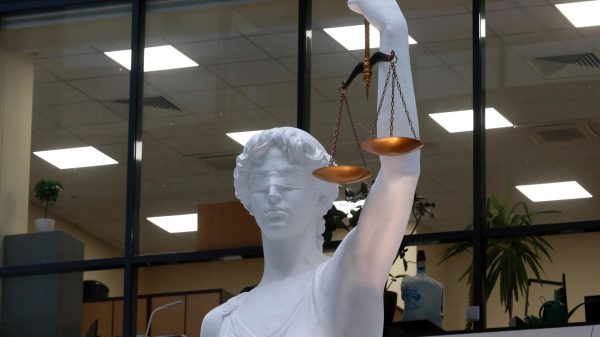



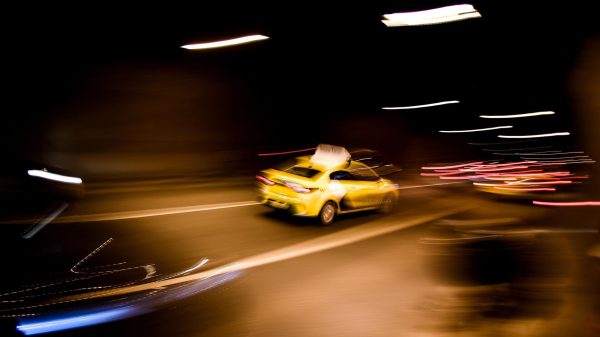




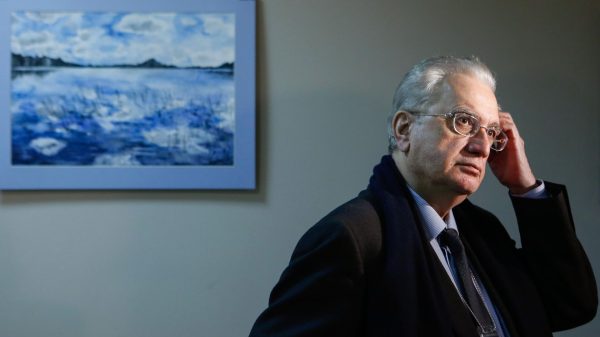
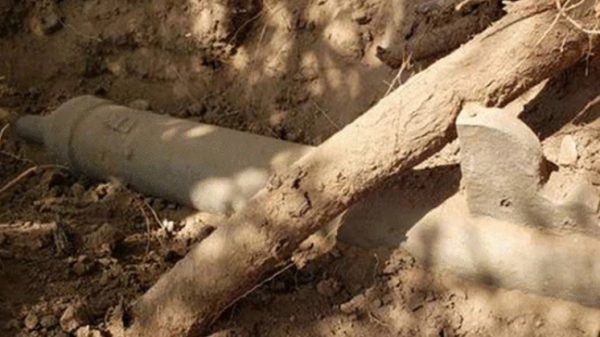



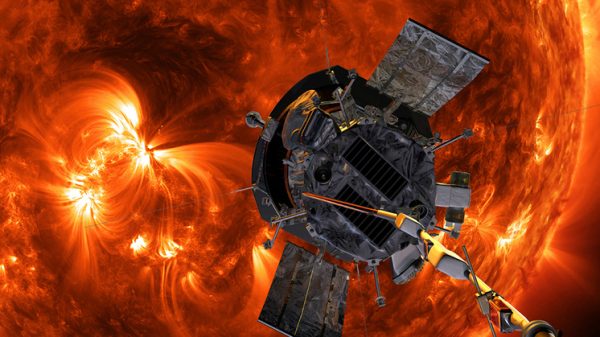



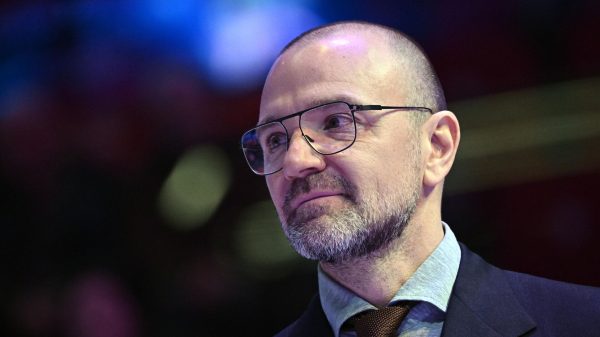
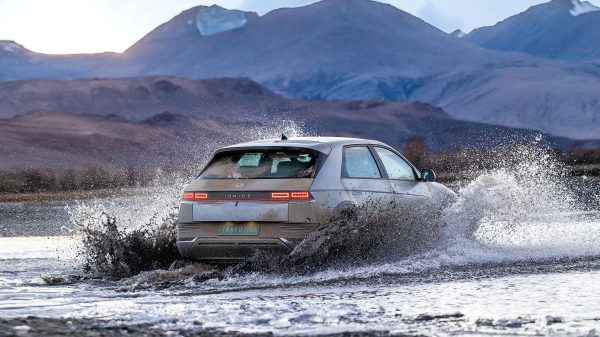
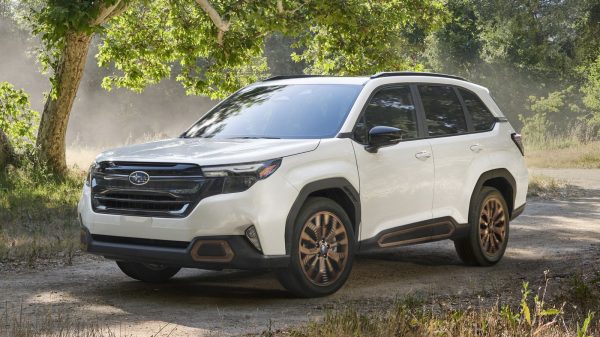
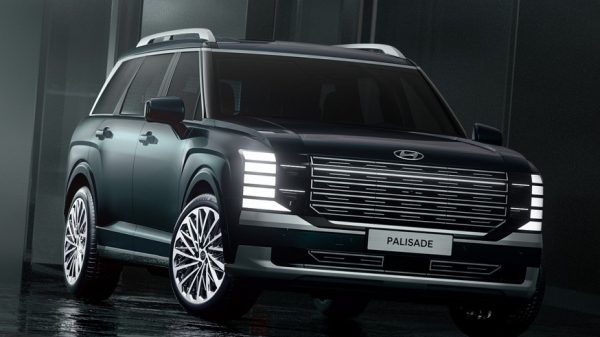
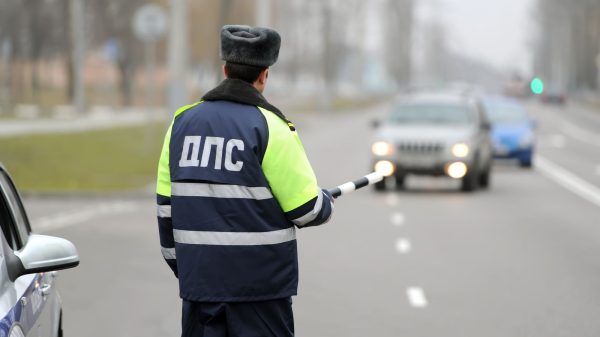
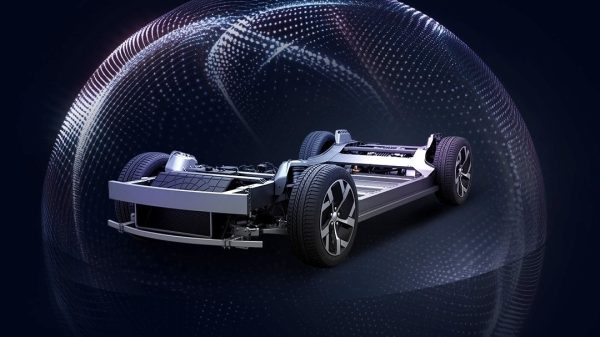






















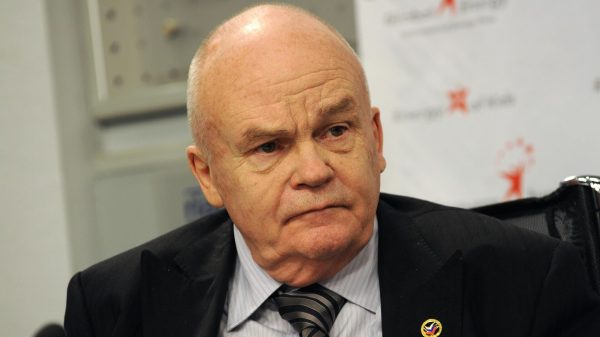
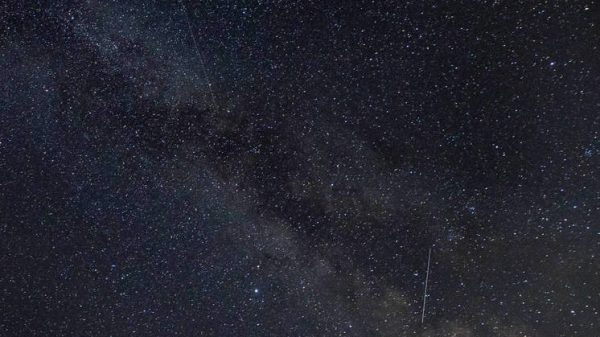

Свежие комментарии